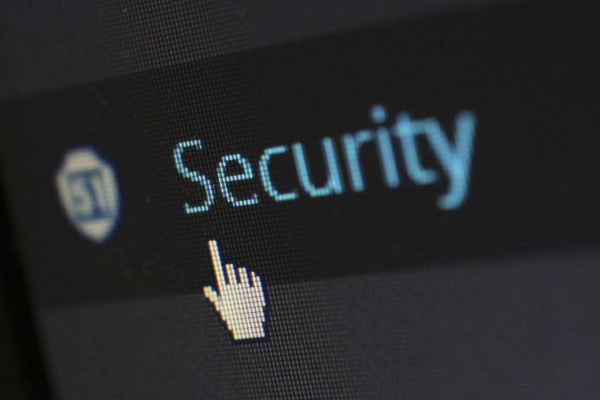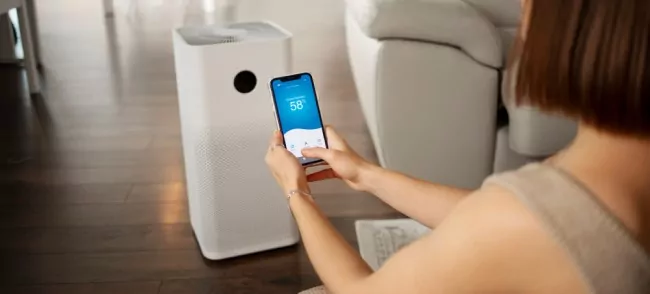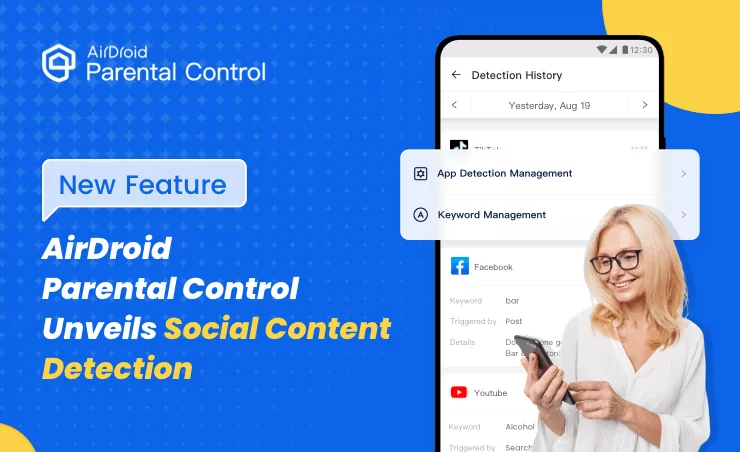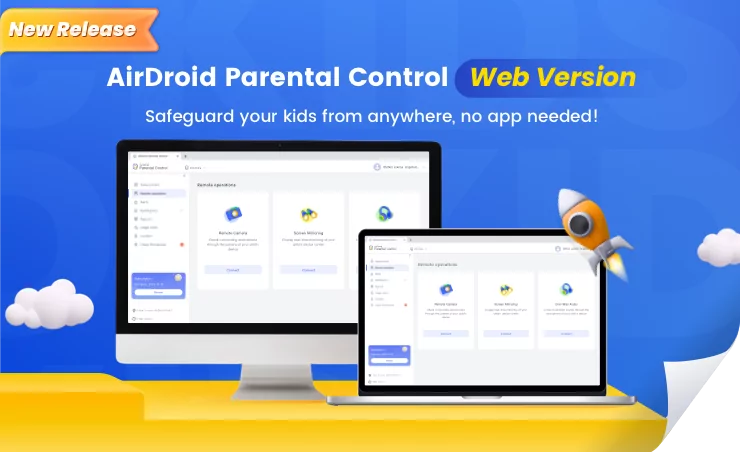Unattended Access FAQs: Solving Your Toughest Unattended Access Issues
It’s midnight, and your IT team urgently needs to log in to a remote device to resolve an outage. The unattended access connection shows as “active,” but the cursor will not move.
Scenarios like this demonstrate why teams ask tough questions about unattended access: why connections fail, what causes lag, and how to maintain system security.
This article compiles the most frequently asked questions about unattended access, giving clear answers to help businesses troubleshoot and maintain reliable remote connections.
Q1. Why can't I control the remote device, even though unattended access is enabled?
Sometimes, unattended access software shows a connection but does not allow control, such as moving the cursor or typing. This common issue has several solutions.
1.1 Check if the Agent/Host is installed and running as a service.
Double-check that the agent/host is properly installed and running, often as a background service. You can do so by checking whether the solution appears on your list of applications. If it does, then check your list of running applications to confirm it is indeed running.
1.2 Check for administrator permissions.
Additionally, verify the access level. Some unattended access software offers view-only modes. For example, TeamViewer recommends that users set Full Access on both the agent and the host.
The security settings on Windows may also block input from lower-privilege sessions, so it is crucial to ensure that the unattended access software operates with the necessary administrative rights.
1.3 Check if firewalls/security software are blocking control input or mouse/keyboard simulation.
Remote access can also serve as a vector for malicious actors. As such, many security software or firewalls will block the injection of mouse or keyboard events. To overcome this prohibition, temporarily disable or create an exception in the security program for your designated unattended access software. If you do disable the security software, remember to turn it back on once your remote access session is complete for proper cybersecurity.
1.4 Check if access is restricted in the "Interactive Access" or "Access Controls" settings.
On some tools, users may need to configure Interactive Access to allow inputs. There may be other settings under Access Control that similarly prevent remote input. Toggle them off as necessary.
Q2. Why do I still have to enter a password or get blocked after enabling "Easy Access" or "Unattended Access"?
In some cases, you may set up unattended access, but the system still demands a password or user credentials. While this may be frustrating, it simply means that the configuration is not yet complete. Users should go through this troubleshooting process.
2.1 Is the account correctly assigned/logged in on the remote machine?
Some solutions tie unattended access to a user account or license. Verify the device is assigned to the correct admin account or business license in the management console. If not, the software may revert to prompting for a password with each session.
2.2 Is the "Random Password" or "Spontaneous Access" password feature still enabled?
Some unattended access tools allow “random password” or “spontaneous access” modes, which enable sessions to start without prior specific setup.
In AirDroid Business, you can use the Restricted Access feature to require user confirmation on the device before any remote control, file access, or screen view happens. This provides convenience when needed, while also offering a layer of access control.
When Restricted Access is enabled under Policy & Permissions, spontaneous access is effectively managed rather than blocked, allowing you to choose when to require consent.
2.3 Is a function like "Account License / Easy Access / Personal Password" enabled?
In some solutions like TeamViewer, you can enable Easy Access by logging in the agent into your account, which removes password prompts. Ensure this option is enabled if available.
2.4 Has a settings location changed due to a version or UI update, causing the user to not find the corresponding option?
Occasionally, an updated version may change these settings, such as restoring them to a default. Double-check the latest interface or release notes to check whether your unattended-access setting is still active in the updated app.
Q3. My unattended session keeps disconnecting, is unstable, or has severe lag. What's wrong?
Even with reliable unattended access software, connectivity issues can prevent use. The following are the most common problems.

Source: Pexels
3.1 Is the network connection Wi-Fi or wired?
For remote sessions, the greater priority is a stable connection over raw bandwidth. From this perspective, WiFi may have high speeds, but it is more prone to interference and retransmissions, which manifest to the user as lags and drops. The more optimal solution is a wired Ethernet connection, which will result in fewer retries and minimize connection delays.
3.2 Is the remote device in sleep, hibernation, or a power management state that cuts off power or the network card?
To conserve power, users often configure their devices to sleep, hibernate, or shut down after a specified period of inactivity. IT administrators should disable any settings that cut off network access, so that the agent remains reachable.
3.3 Is there a mismatch in the software of the agent and host?
The unattended access software on both the agent and host should be up to date. If one is operating on an older version, this incompatibility may result in disconnects or failures. Verify that both are running on the latest versions.
3.4 Firewall, proxy, and NAT traversal issues.
Corporate firewalls or proxies may drop idle connections. Outbound ports should be open, and any custom ports or domains should be whitelisted. For example, TeamViewer uses port 5938 by default, then 443 or 80 if needed.
3.5 Image, frame rate, or resolution settings are too high, causing resource bottlenecks.
Very high resolutions or frame rates can overwhelm networks, so lowering color depth or refresh rate helps reduce lag. Modern WebRTC-based tools keep latency low (often under 100 ms). AirDroid Business is a strong option, offering adjustable modes such as General Mode and Dynamic Mode. These options enable users to balance image quality and frame rate, ensuring sessions remain smooth even on weaker connections.

Q4. What security measures can prevent the misuse and hacking of unattended access?
Remote access can be exploited for hacking, but proven safeguards greatly reduce the risk. Securing unattended access starts with rigorous authentication and encryption. AirDroid Business protects sessions with AES-256 encryption, TLS 1.2, and multi-factor authentication (MFA).
Microsoft reports that 99.9% of breached accounts lacked MFA, making it one of the strongest defenses. Role-based access control assigns tailored permissions, while centralized logs provide oversight through audits. Additional features, such as Black Screen Mode, remote lock, and device wipe, further protect sensitive data and support compliance.

Source: Pexels
Q5. What network settings, firewalls, or proxies can block unattended access, and how do I troubleshoot them?
“Connection failed” is one of the most common unattended access errors, typically indicating a network issue rather than a software issue. Firewalls, proxies, SSL inspection, NAT restrictions, and even device sleep settings can all interrupt sessions.
Start at the perimeter: confirm outbound ports and domains are open and proxy traffic is allowed. If SSL inspection is enabled, ensure the vendor’s certificate is trusted and TLS 1.2 or higher is supported.
Check proxy authentication and NAT behavior, then verify device availability by disabling sleep modes and keeping adapters active. Following this sequence helps isolate causes and restore reliable access.
Q6. Will my unattended access reconnect automatically if the device reboots, logs out, or is locked?
Some unattended access tools can automatically reconnect; however, IT teams should weigh the convenience against the risk. Auto-reconnect enables seamless workflows, but can increase exposure if not properly secured.
For reliability, configure the agent to launch at boot and run as a service. AirDroid Business supports auto-start, Wi-Fi Always On, and battery-saving exceptions to keep devices accessible and connected.
Check for “Reconnect on Failure” or “Reboot and Reconnect” features, but pair them with encryption, role-based access, and audit logging. Monitoring reconnection failures ensures stable and secure access while striking a balance between productivity and cybersecurity.
Q7. How can I completely disable or revoke unattended access?
There may be instances where you want to disable or revoke unattended access. For example, an IT team may need to assist an executive or HR team member, but should not have ongoing access to their device. Such could provide exposure to sensitive data.
To prevent issues from ongoing access, disable or revoke permissions using the following steps.
7.1 Change password / disable unattended access settings.
Change the remote-access password or authentication token. Even if a user has the old password, it will no longer work.
In the settings of the unattended access software, disable or revoke the access profile on the host device. On some solutions, the device may need to be deleted from an account, while on others, it can be a matter of toggling off “Enable unattended access.”
7.2 Remove the device from the account.
If the device is managed through a cloud portal, remove it from your organization’s device list. This ensures that it can’t be accessed, even by someone with the correct credentials.
7.3 Clear event logs / audit records.
If you’re revoking a device’s access, remember also to clear local event logs or audit trails tied to the remote agent. Clearing this data prevents old connection details or credentials from being recovered later, thereby reducing the risk of unauthorized reuse.
7.4 Ensure no backups or configurations retain old access permissions.
Double-check that system backups, configuration files, or device images don’t still contain outdated access credentials. Wiping or updating these prevents previously valid permissions from being restored by rolling back to an older state, which is a common access point for unauthorized users.
Q8. How do I view logs and audit trails to see the history of unattended access sessions?
To maintain accountability, track who used unattended access, when it was used, and for what purpose. In AirDroid Business, logs are available in the cloud console or local directory and should be reviewed regularly.
Reliable systems capture start and end times, IP addresses, devices, and technician accounts. Enable session recording, such as video, screenshots, or keystroke trails, for audits.
Confirm log retention settings, as many default to 30 to 365 days. Extending retention is critical, since IBM reports breaches often go undetected for over 200 days.

Source: Pexels
Reliable and Secure Remote Access
Unattended access is a vital tool for IT teams to remotely and securely manage devices. However, it also introduces challenges such as connection issues and security risks. Address these by ensuring agents run as services, devices stay online, and credentials are properly configured.
Security and stability are closely intertwined. Strong authentication, role-based permissions, and detailed logs provide organizations with confidence that only authorized personnel have access. At the same time, features such as auto-reconnect, session monitoring, and audit trails help IT teams maintain smooth workflows while still ensuring oversight.
Unattended access provides businesses with resilience to maintain operations despite distance, time zones, or device failures. With proper safeguards in place, teams can work efficiently and confidently from any location.












Leave a Reply.